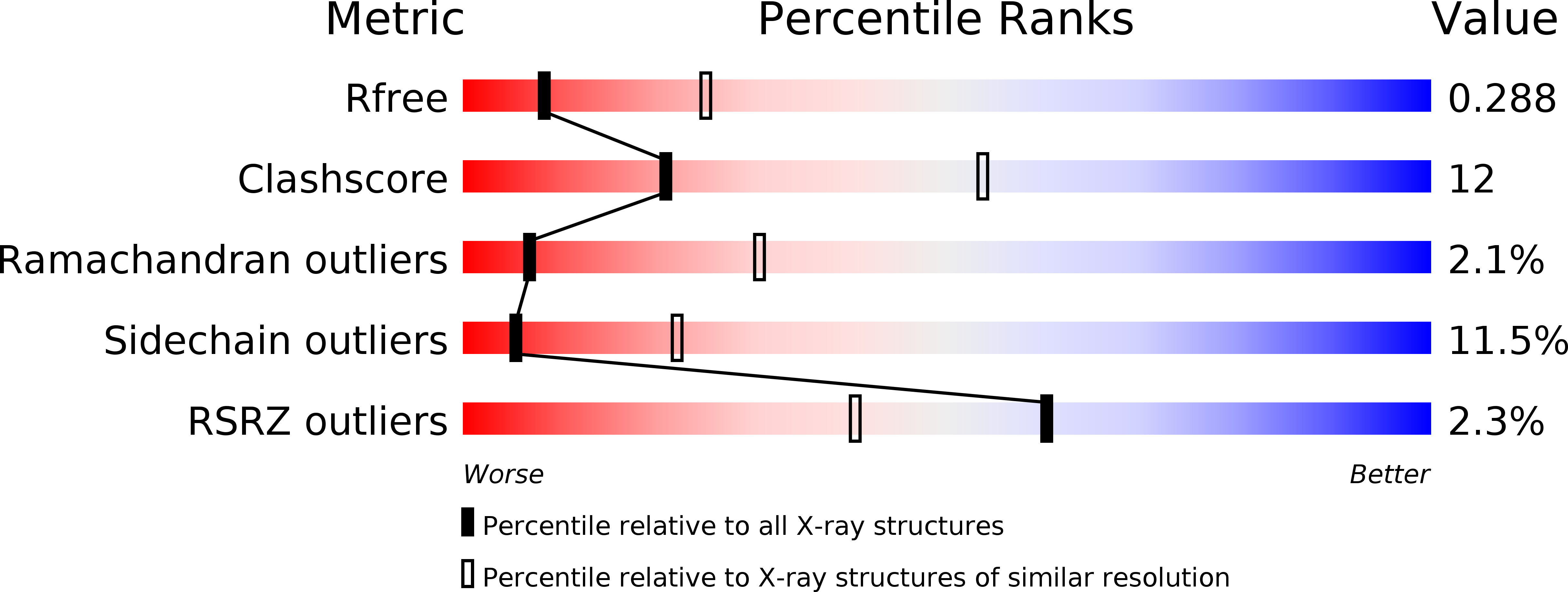
Deposition Date
2013-05-28
Release Date
2013-07-24
Last Version Date
2024-10-30
Method Details:
Experimental Method:
Resolution:
2.97 Å
R-Value Free:
0.28
R-Value Work:
0.20
R-Value Observed:
0.20
Space Group:
I 2 2 2


